 If you are among the hundreds of millions locked down during the current coronavirus outbreak and would like to get out, even virtually, you might want to take a virtual tour of the USS Constitution, also known as Old Ironsides.
If you are among the hundreds of millions locked down during the current coronavirus outbreak and would like to get out, even virtually, you might want to take a virtual tour of the USS Constitution, also known as Old Ironsides.
Actually, there are at least two virtual tours to choose from. In normal times, there are daily public tours onboard the historic ship. To help limit the spread of the virus, these tours have been suspended until further notice. There is, however, currently a live virtual tour available at 1PM ET every day on Facebook. As the tour guides lead you virtually through the warship, you can ask questions by posting in the comment section.
If you can’t make the live video tours, Google Maps has a self-guided virtual tour of the ship that lets you wander about using either your keyboard or mouse and to jump between decks with a single click.
The Constitution is a wooden-hulled, three-masted United States Navy heavy frigate, launched in 1797. Alongside at Pier One of the former Charlestown Navy Yard, she is the world’s oldest commissioned naval vessel afloat.

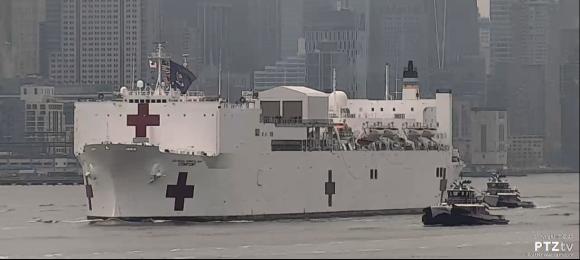 When particularly interesting ships arrive in New York harbor, I like to go down the waterfront, as time permits, to see them in. This morning was chilly and overcast and in the spirit of social distancing, I watched the arrival of the Navy hospital ship USNS Comfort by
When particularly interesting ships arrive in New York harbor, I like to go down the waterfront, as time permits, to see them in. This morning was chilly and overcast and in the spirit of social distancing, I watched the arrival of the Navy hospital ship USNS Comfort by  The Navy hospital ship
The Navy hospital ship 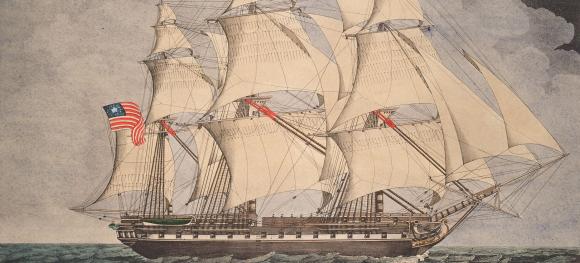 We recently
We recently  The U.S. Navy aircraft carrier
The U.S. Navy aircraft carrier 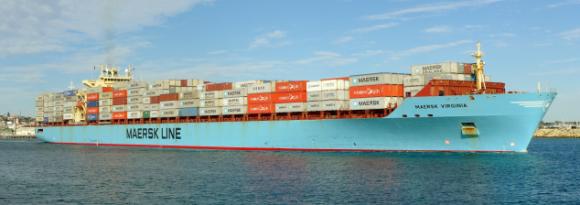 Despite the pandemic caused by the coronavirus, known as Covid-19, ships keep moving across the oceans. Oil tankers, bulk carriers, and container ships carry critical resources and manufactured goods to industry and consumers across the globe. Now, however, dozens of nations, including the 27 nations of the European Union, have temporarily closed their external borders to most foreign nationals.
Despite the pandemic caused by the coronavirus, known as Covid-19, ships keep moving across the oceans. Oil tankers, bulk carriers, and container ships carry critical resources and manufactured goods to industry and consumers across the globe. Now, however, dozens of nations, including the 27 nations of the European Union, have temporarily closed their external borders to most foreign nationals. The US Navy’s newest aircraft carrier,
The US Navy’s newest aircraft carrier,  If you are among the hundreds of millions locked down during the current coronavirus outbreak and would like to get out, even virtually, you might want to take a virtual tour of the
If you are among the hundreds of millions locked down during the current coronavirus outbreak and would like to get out, even virtually, you might want to take a virtual tour of the  Social and the mainstream press have been running stories showing swans and dolphins returning to the canals of Venice in the wake of the shutdowns to limit the coronavirus. The possible silver lining to the overwhelming tragedy in Italy appears, however, to be largely fiction.
Social and the mainstream press have been running stories showing swans and dolphins returning to the canals of Venice in the wake of the shutdowns to limit the coronavirus. The possible silver lining to the overwhelming tragedy in Italy appears, however, to be largely fiction.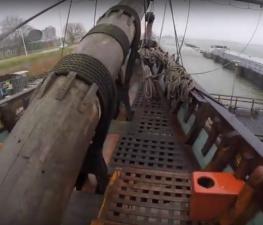 In the United States recently, there has been a lot of attention given to those who
In the United States recently, there has been a lot of attention given to those who  The plan was for the
The plan was for the 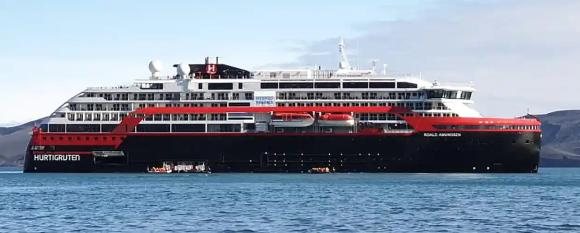 More that one hundred Australian doctors and dentists on a medical conference cruise have found themselves stranded onboard the cruise ship
More that one hundred Australian doctors and dentists on a medical conference cruise have found themselves stranded onboard the cruise ship  The story goes that somewhere around the year 400 AD, a lad of 16, named Maewyn Succat, was kidnapped by pirates from his home in what is now Wales and was taken as a slave to Ireland. He was enslaved for six years, during which time he converted to Christianity. He finally escaped and returned to his family. He became a priest and studied at a seminary in France. When he was almost 60, he returned to Ireland. By then Pope Celestine I had given him the name “Patercius” or “Patritius.” We know him better these days as Patrick. He did alright in Ireland. He founded over three hundred churches and apparently had a way with snakes. Today is his feast day or as we call it, St. Patrick’s Day.
The story goes that somewhere around the year 400 AD, a lad of 16, named Maewyn Succat, was kidnapped by pirates from his home in what is now Wales and was taken as a slave to Ireland. He was enslaved for six years, during which time he converted to Christianity. He finally escaped and returned to his family. He became a priest and studied at a seminary in France. When he was almost 60, he returned to Ireland. By then Pope Celestine I had given him the name “Patercius” or “Patritius.” We know him better these days as Patrick. He did alright in Ireland. He founded over three hundred churches and apparently had a way with snakes. Today is his feast day or as we call it, St. Patrick’s Day. 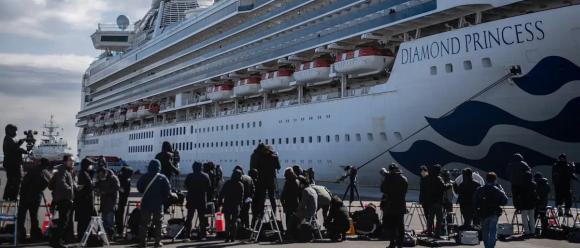 While there is an understandable concern for the passengers on cruise ships struck by the coronavirus, the crews are often overlooked. What challenges do they face and what happens to them when the last passengers leave the ships?
While there is an understandable concern for the passengers on cruise ships struck by the coronavirus, the crews are often overlooked. What challenges do they face and what happens to them when the last passengers leave the ships?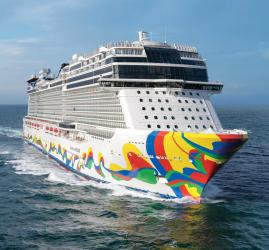 The press release from the
The press release from the 
